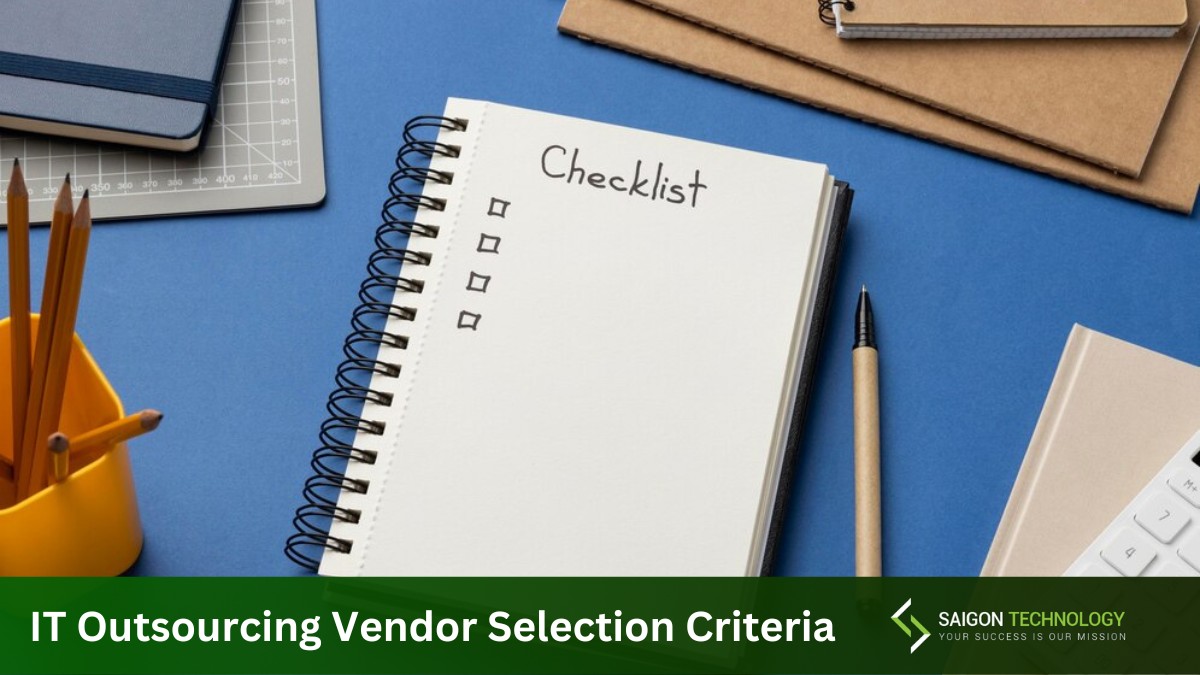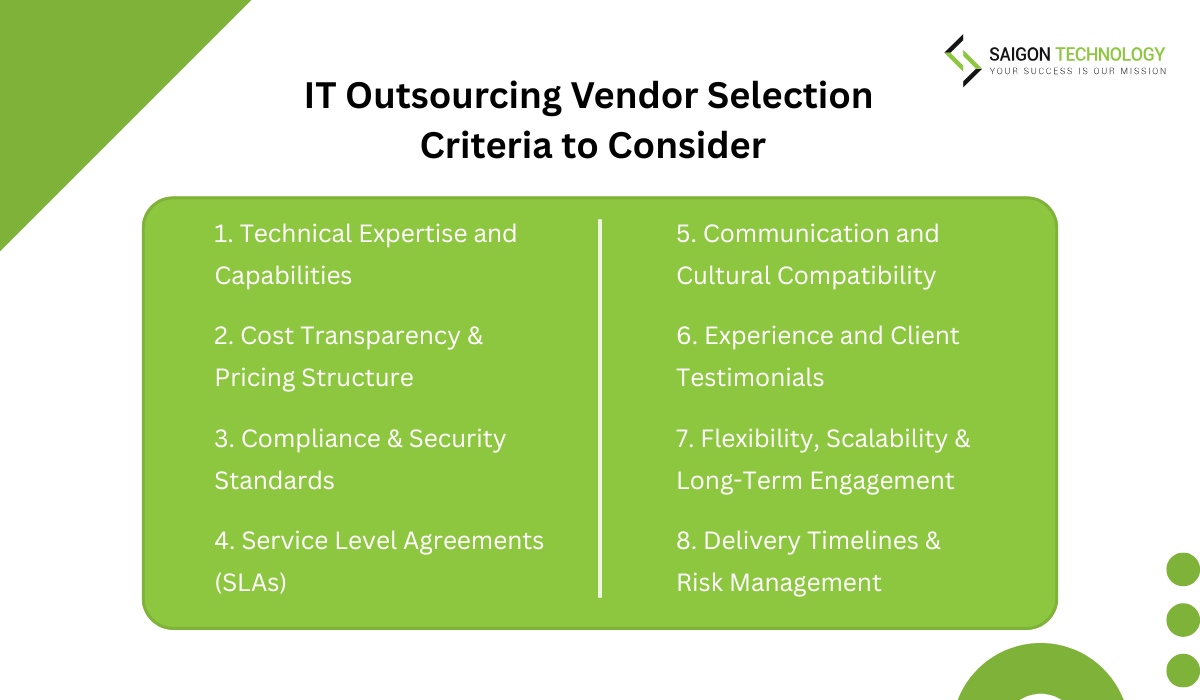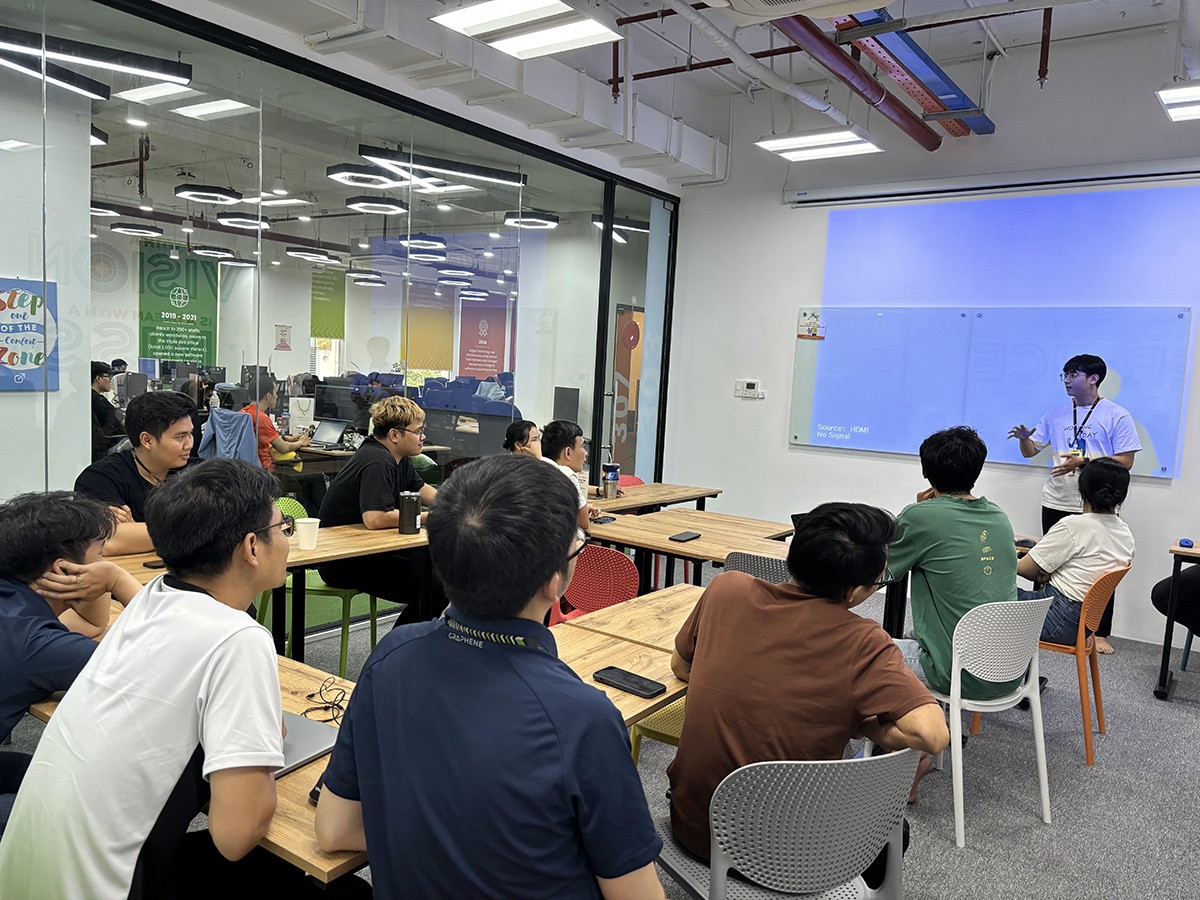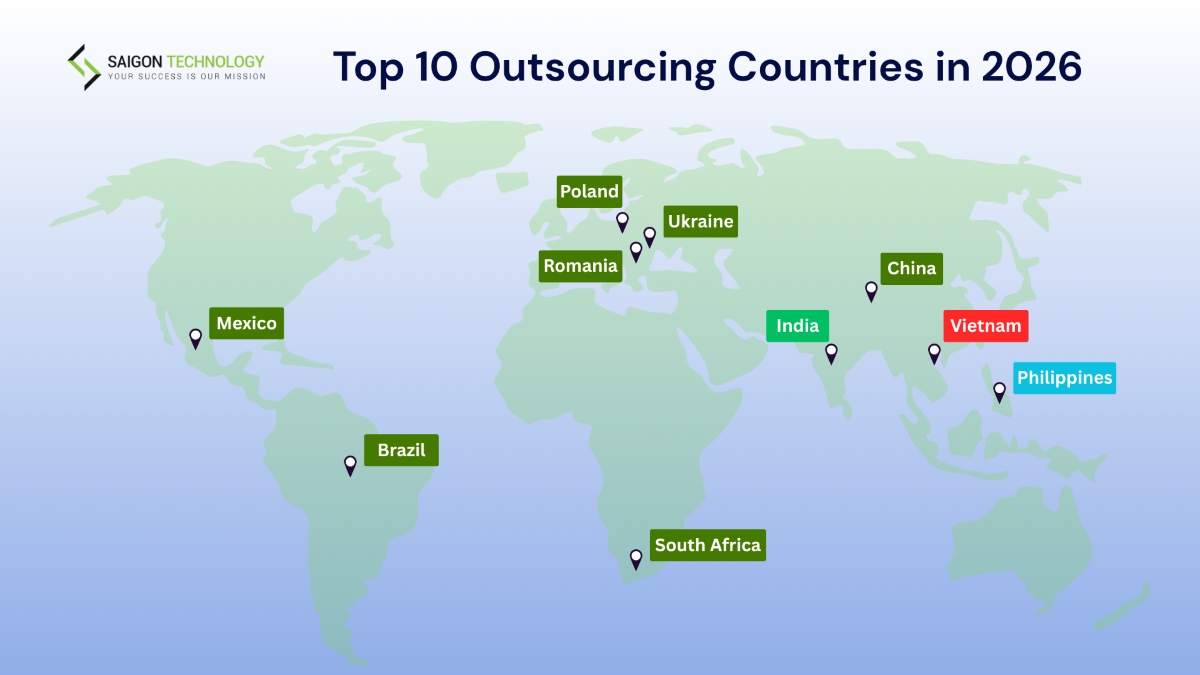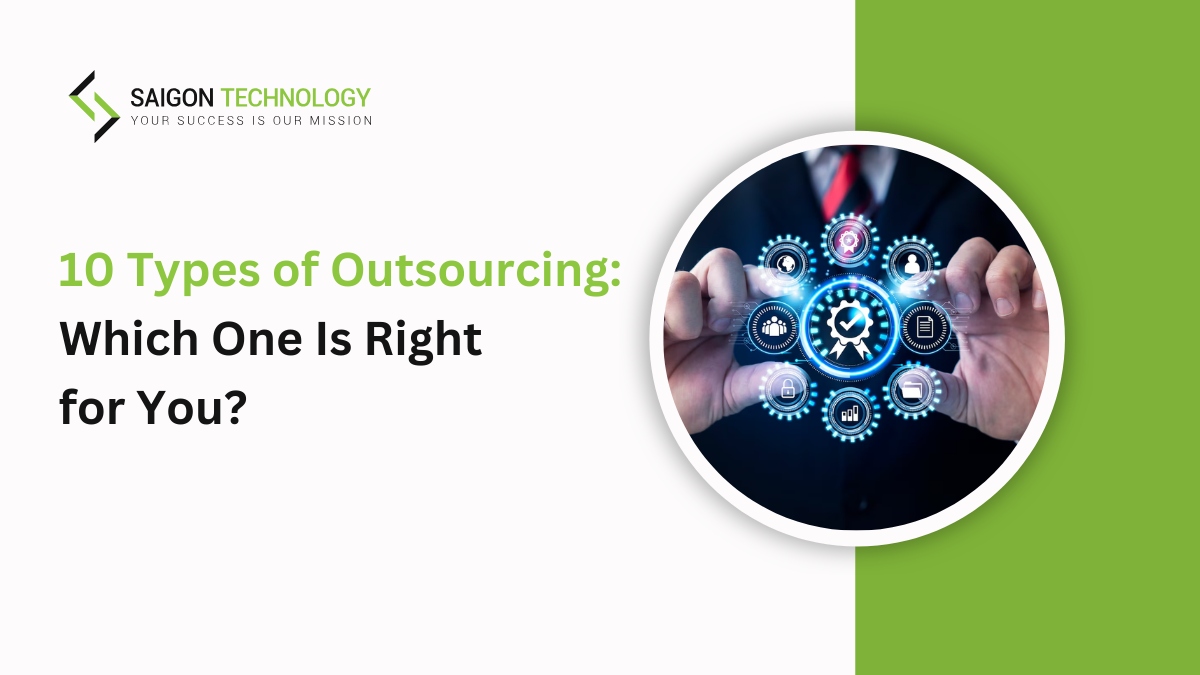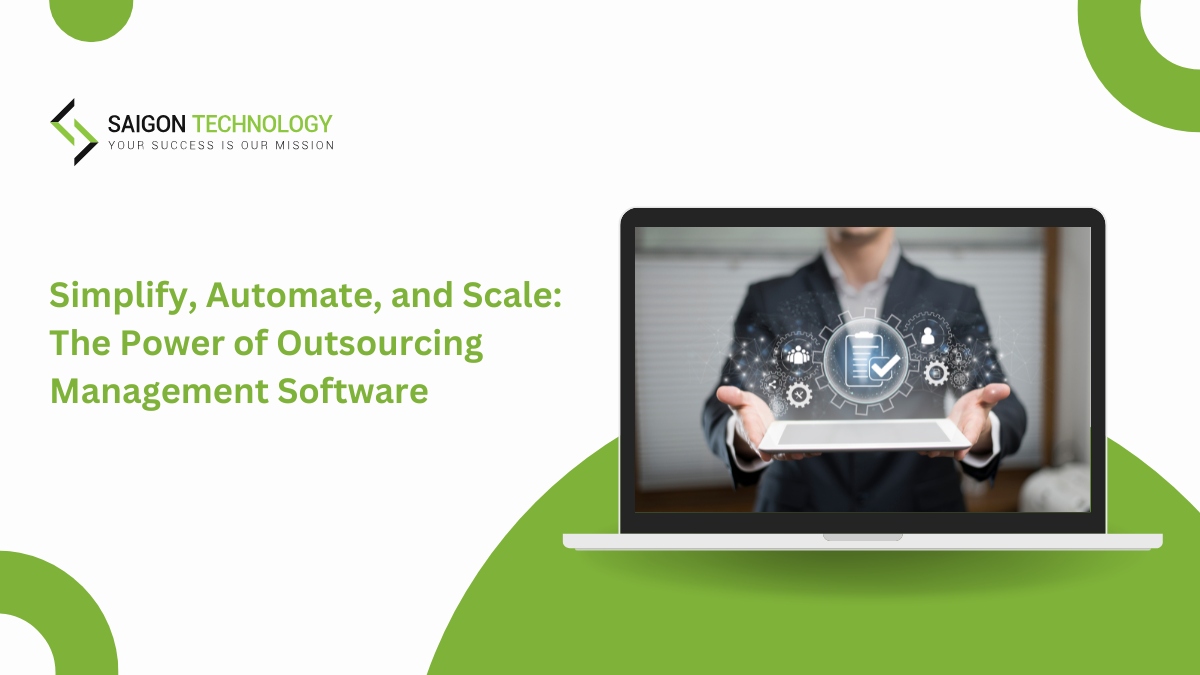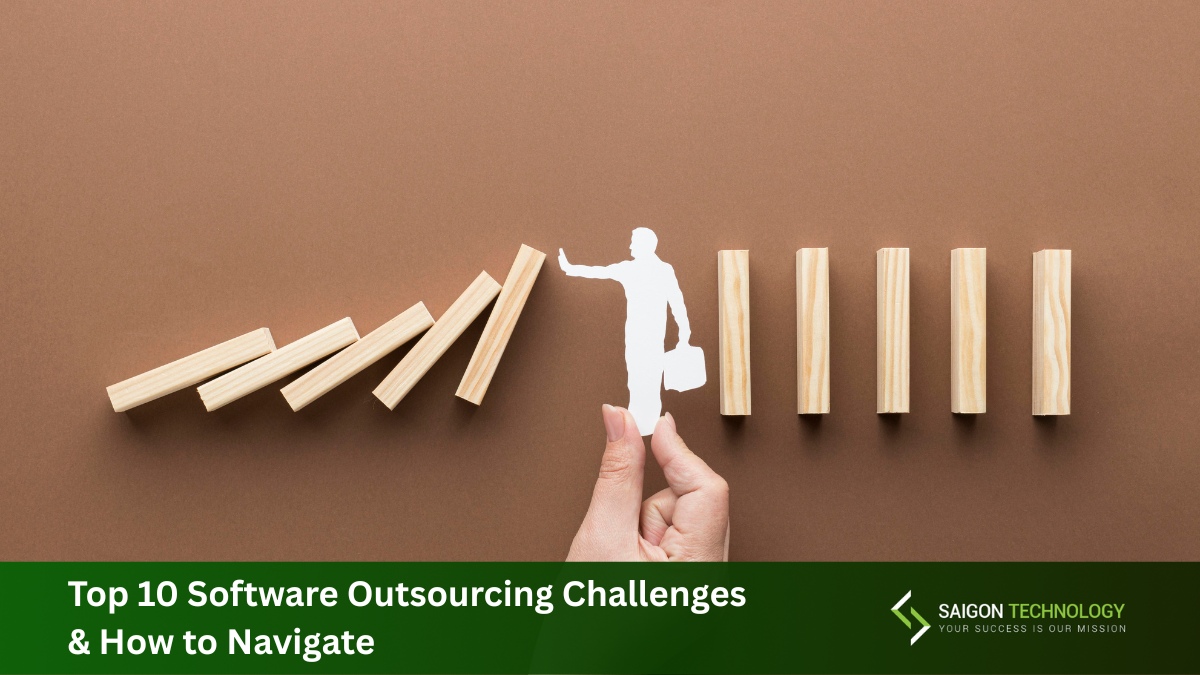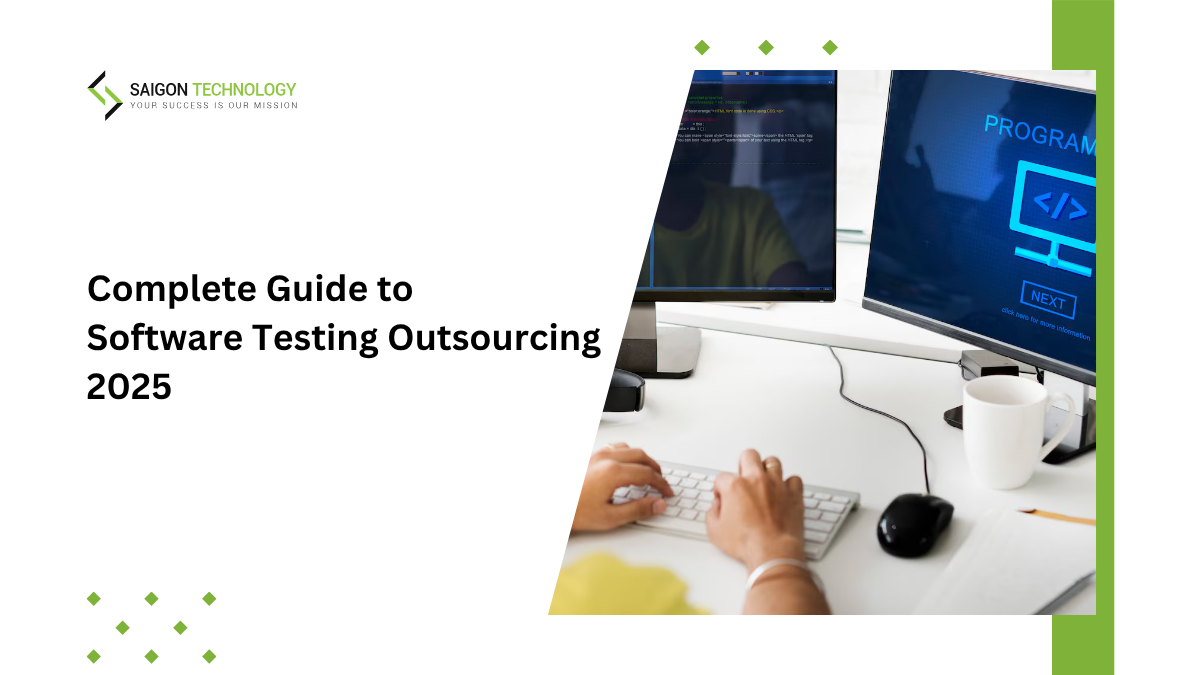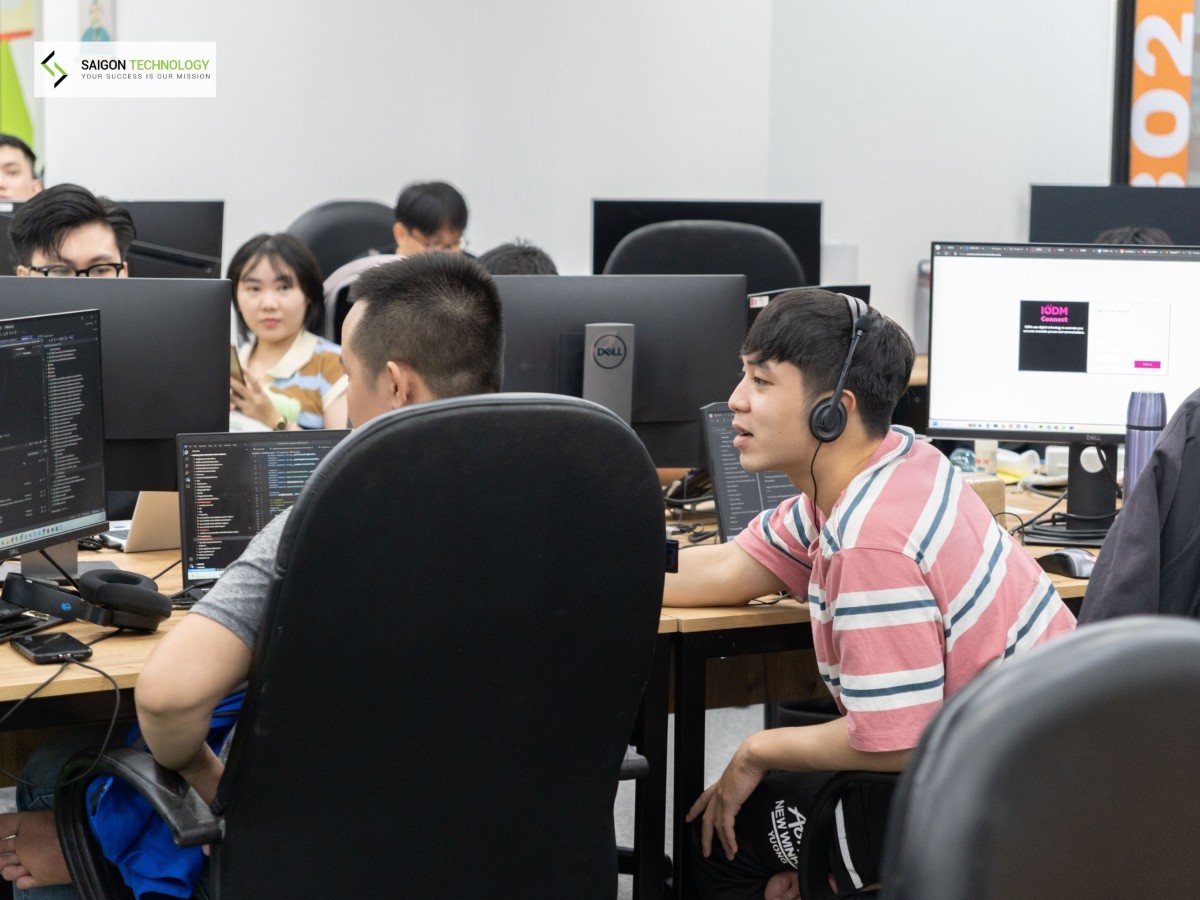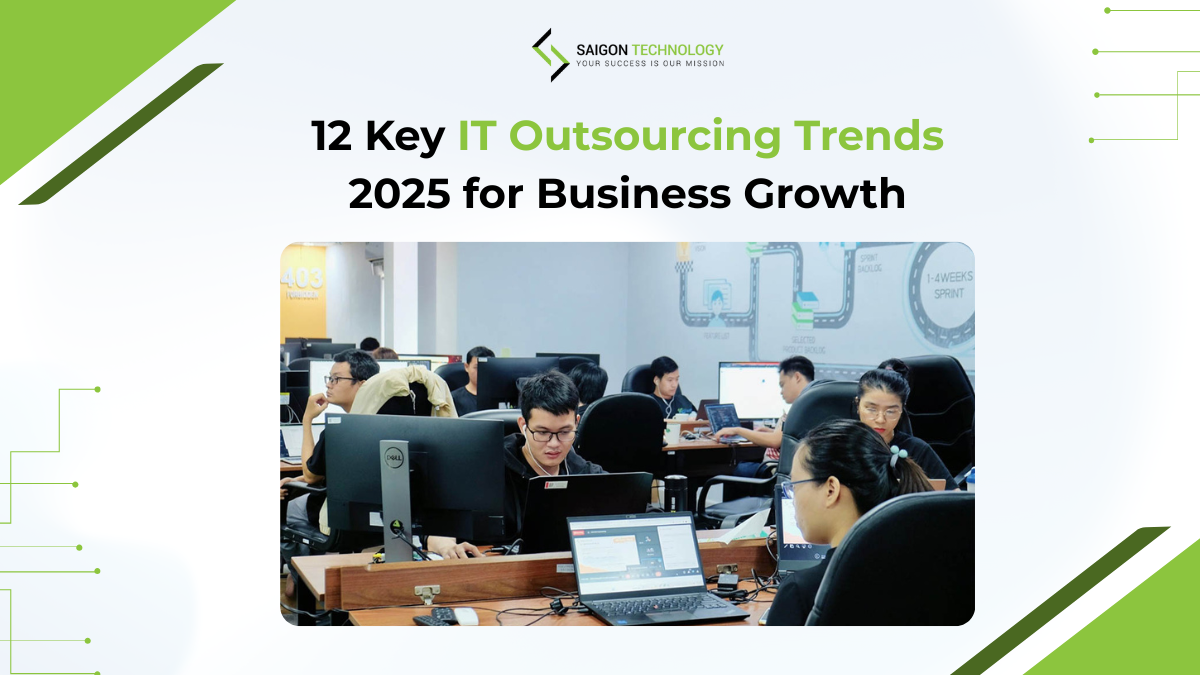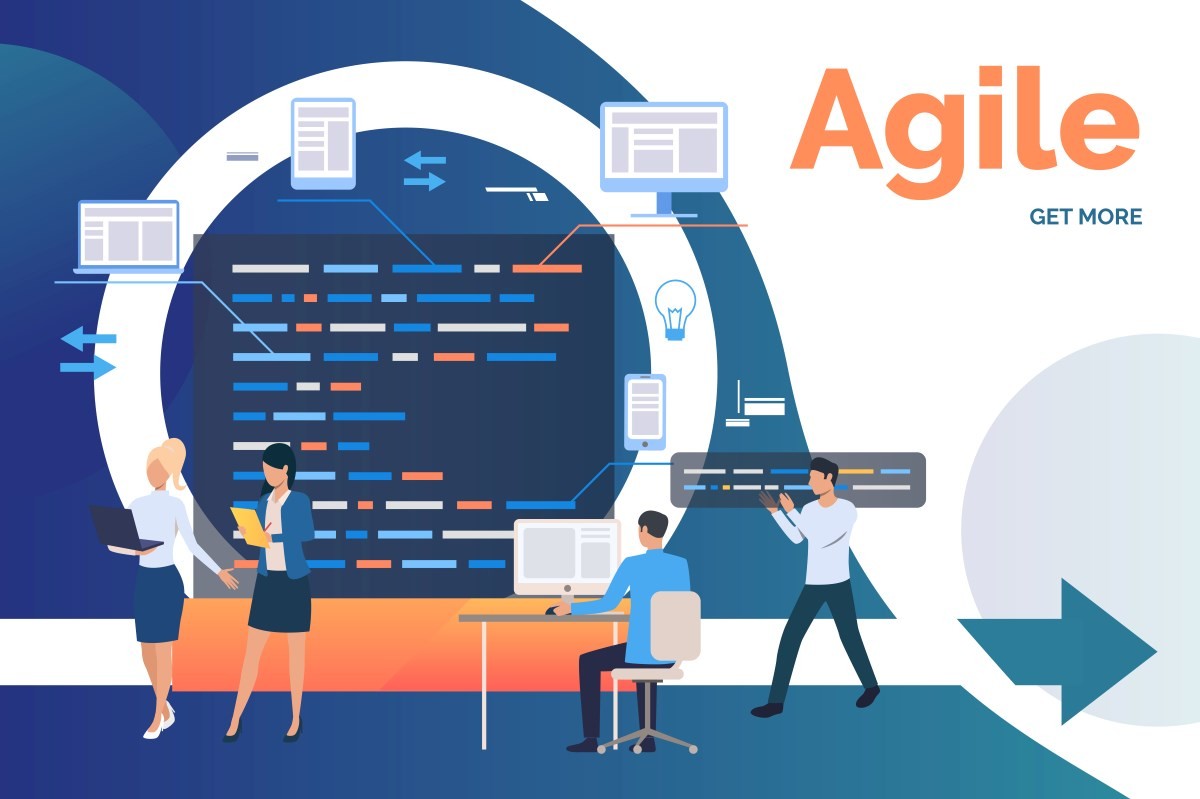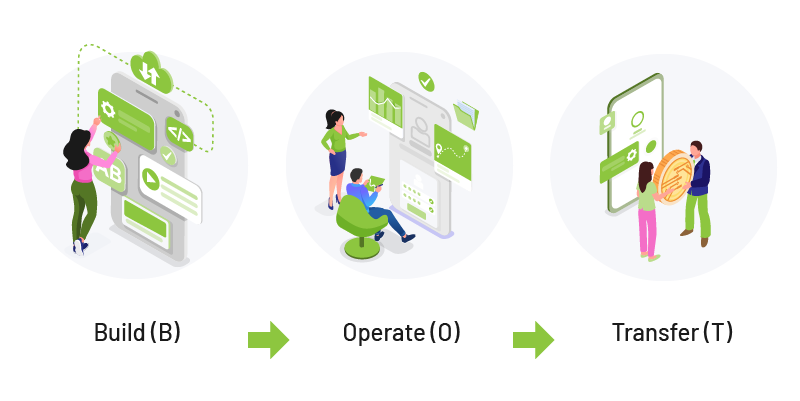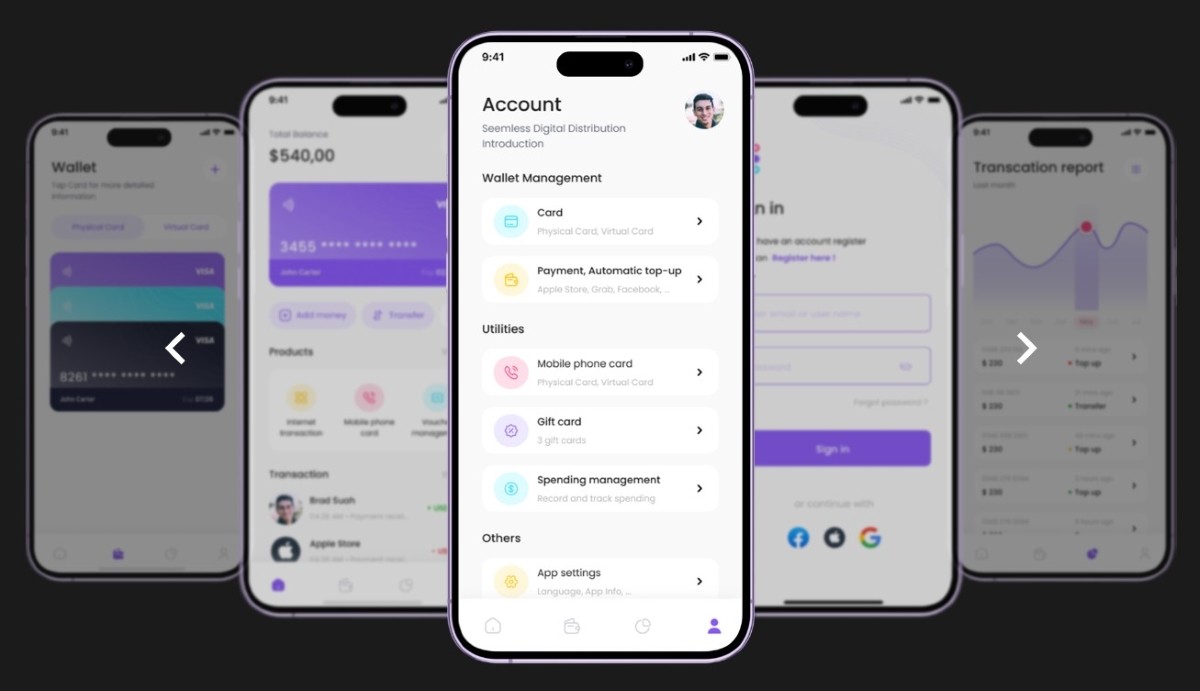The global IT outsourcing market can reach $610 billion by 2027. This approach gives you access to global talent and cost savings. However, you need the right IT outsourcing vendor selection criteria to benefit from software development outsourcing.
Choosing the right vendor for your IT outsourcing strategy is essential. With a good partner, you can avoid hidden costs. They also ensure compliance and data security in outsourcing. Ultimately, you can meet all your expectations.
The problem is your IT vendor evaluation process. Outsourcing has pros and cons. You need to carefully weigh IT outsourcing benefits and risks here. Cultural barriers and time zone differences cause tons of issues. That’s why you have to consider nearshore vs. offshore outsourcing. Your decision involves the Service Level Agreement (SLA) and Build-Operate-Transfer (BOT) model, too. It would be best if your dedicated development team uses Agile and DevOps outsourcing practices. After choosing a good partner, you need to work on the IT outsourcing contract negotiation.
That seems a lot, right? But don’t worry! We will break it down for you. Let’s check out the factors you need to consider for the process.
IT Outsourcing Vendor Selection Criteria to Consider
How to choose an IT outsourcing vendor? Your tasks are numerous. This IT vendor selection checklist will simplify everything for you.
1. Technical Expertise and Capabilities
One of the first IT outsourcing vendor selection criteria is business and technical fit. So, your outsourcing vendor selection process starts here:
- Industry Knowledge: Your vendor should understand your industry. It would help if they supported your tech stack. Python, Java, or Ruby on Rails are often common choices.
- Custom Solutions: Check if the vendor offers custom software development solutions that match your goals. This way, they can satisfy your unique needs.
- Experience with Similar Businesses: Ask if they have worked with companies of the same size. Their experience will help a lot. If they follow models like Capability Maturity Model Integration (CMMI), you will be more confident when giving tasks to them.
Suggestion: Always ask for case studies or a demo. You need to see how they really work. Then, you can ensure that the vendor is the right fit.
2. Cost Transparency & Pricing Structure
Is cost your top concern? Then, pay full attention to this IT vendor selection section.
- Transparent Pricing Models: You must make sure that your vendor offers transparent IT outsourcing pricing models. Your options include a fixed price, time and materials, and a dedicated team. Each aims to serve different budget needs.
- Hidden Costs: Confirm if there are any hidden costs. Some vendors charge you when offering post-launch maintenance. Security updates can lead to additional costs as well.
- Offshore Solutions: Many businesses choose offshore software development to save money. So can you, especially when you choose countries with low labor costs. Thus, compare different IT outsourcing vendors in different regions to find the best deal.
Suggestion: Before signing anything, you can request a detailed cost breakdown. Things must be clear from the beginning. Then, compare vendors using a pricing matrix. This tip makes your budgeting easier.
3. Compliance & Security Standards
Security and compliance should be your priorities. This IT vendor compliance checklist ensures security.
- Industry Standards: You need to choose a vendor that complies with industry standards like ISO 27001, SOC 2, GDPR, and HIPAA.
- Data Protection: Ensure your partner follows IT outsourcing best practices for data protection. Ask them if they use encryption and cybersecurity measures. They should have a detailed plan for this part.
- Documentation and Reports: Ask your vendor to provide documentation on security audits. You can also check their past compliance reports. When security is done, you will have peace of mind.
Suggestion: Send a security questionnaire to evaluate their risk exposure. This tip helps you spot any red flags early.
4. Service Level Agreements (SLAs)
Now, move to IT outsourcing contract negotiation. A clear SLA in IT outsourcing sets the standard for what you expect. Here are some outsourcing vendor selection metrics in this category:
- KPIs: Make sure your partner defines all performance metrics, like uptime, bug resolution, and support response time.
- Penalties: Expected issues may occur at any time. But you should plan ahead. So, another thing to bear in mind is the penalties for missed deadlines and non-compliance. With strict requirements, your vendor can stick to the agreed timelines more seriously. A clear process for urgent problems is essential.
- Post-Launch and Ongoing Support: Ensure they offer adequate post-launch support and maintenance.
Suggestion: Don’t forget about the escalation process. This is especially important when you deal with tight deadlines.
5. Communication and Cultural Compatibility
Smooth communication is key to successful outsourcing. Consider these factors when selecting your partner:
- Communication Tools: Start by asking what communication tools they use. Slack, Jira, Confluence, and Microsoft Teams are the best ones.
- Real-time Interactions: If you work with an offshore or nearshore partner, time zone differences will be a big problem. So, check how your vendor deals with it. They should schedule regular meetings for real-time collaboration.
- Project Management: Confirm if there is a dedicated project manager. This person will be your go-to person for any project details. They keep everyone engaged and ensure your project runs as planned.
Suggestion: Plan a short test project or pilot phase. This way, you can check how responsive and collaborative they really are.
6. Experience and Client Testimonials
You may be working with this vendor for the first time. But other clients know them well.
- Testimonials: You can check testimonials on trusted platforms like Clutch, GoodFirms, and Gartner. Top IT outsourcing companies have reliable reviews there.
- References from Old Partners: Ask for references from clients in your industry. Each sector has unique requirements. This tip helps you check how well the vendor understands your industry-specific needs.
- Case Studies: Examine successful outsourcing projects from different software development outsourcing vendors. The case studies show how they handle challenges and deliver results.
Suggestion: Before making your final decision, contact previous clients for firsthand feedback. You will be more confident in choosing the right partner.
7. Flexibility, Scalability & Long-Term Engagement
You are looking for a long-term partner, right? Scalability will be essential in the selection of managed IT services vendors.
- Resource Scaling: Check if the vendor can scale resources up or down based on your project’s needs. This flexibility ensures that you can adapt as your project evolves.
- Experience with Long-Term Projects: They should have a history of working with clients for a long time. It means they can deliver continuous value. Check their staff retention rate, too. Otherwise, frequent turnover may break your project.
Suggestion: Find vendors that offer flexible models like the Build-Operate-Transfer (BOT) model and staff augmentation. These solutions ensure seamless growth.
8. Delivery Timelines & Risk Management
What happens if your outsourcing partnership needs to end unexpectedly? That’s where outsourcing risk management and exit strategy come into play. You should also think about how to ensure they deliver your project on time.
- Termination Terms: Make sure the contract includes clear termination terms. You don’t want any surprises when ending your partnership.
- Knowledge Transfer and Project Handover: Check how the vendor handles knowledge transfer and project handover. A smooth transition is key to keeping things running smoothly.
- Contingency Plans: They should guarantee business continuity and disaster recovery. This way, you won’t be worried about getting stuck in emergency cases.
- Delivery Timelines: They should set clear timelines for every stage of your project and follow the plan.
- Project Deadlines: Evaluate their ability to meet your project deadlines and milestones.
- On-Time Delivery: Look for a history of on-time delivery and reliable performance. You do not want to fall behind schedule.
Suggestion: Have a well-defined transition plan to avoid vendor lock-in risks. It’s part of solid risk management.
Exploring Outsourcing Engagement Models
The engagement model is an important factor in IT outsourcing vendor selection criteria. You have many options, as follows:
Offshore vs. Nearshore vs. Onshore Outsourcing: Pros and Cons
We have three types of outsourcing by location:
- Onshore: Your vendor is in the same country. This way, you won’t have to worry about language, time zone, or cultural differences. However, the cost can be high. The talent pool is limited as you just search for experts in your country.
- Nearshore: You work with a vendor in a nearby country. This option balances the benefits of onshore and offshore. For example, the cost is lower than onshore. You can also ensure time zone and cultural alignment.
- Offshore: Your partner works in a distant country. Regarding the nearshore vs. offshore outsourcing cost comparison, the offshore solution can save more. The cost of hiring offshore developers varies depending on the country you work with. Another benefit of offshore projects is that you can seek talent worldwide. Moreover, since your partner works while you are sleeping, your project can run 24/7.
The location of the vendor plays a vital role. Let’s see how these three options differ and which you should choose!
| Onshore | Nearshore | Offshore | |
| Pros | No language barriers, better control | Closer time zone, cultural alignment | Lower rates, 24/7 development cycle |
| Cons | Highest cost, limited talent pool | Higher cost than offshore | Time zone, communication barriers |
| Best For | High-security projects, local expertise | Agile teams, faster collaboration | Cost savings, large talent pool |
Dedicated Team vs. Staff Augmentation vs. BOT Model: Key Differences
How to choose the right outsourcing model? What outsourcing contract negotiation tips should you try? The best IT outsourcing engagement models depend on your unique needs because each has its own pros and cons. Some businesses even choose hybrid outsourcing models. Your options for outsourcing the vendor selection process include the following:
- Dedicated Development Team: You hire an external team that works exclusively on your project. Thus, they align with your goals and business culture. This model is ideal for Agile software development outsourcing.
- Staff Augmentation: If you choose this model, an external expert becomes part of your in-house team. Staff augmentation benefits for startups are various because it allows for flexible scaling.
- BOT: The Build-Operate-Transfer (BOT) outsourcing model is worth trying, too. In this manner, the vendor handles everything and then transfers it to you. When comparing the BOT model vs. traditional outsourcing, BOT is superior as it ensures you have eventual ownership.
Still confused? Then, check this summary table. You can weigh the pros and cons of each option. There must be one that satisfies your needs!
| Dedicated Team | Staff Augmentation | BOT Model | |
| Pros | Full control, deep interaction | Cost-effective, fast hiring | Full control, risk mitigation |
| Cons | Higher cost, longer ramp-up time | Less commitment, knowledge loss risk | Complex setup, requires long-term vision |
| Best For | Long-term projects, startups | Short-term skills gaps, scaling needs | Enterprise-level IT expansion |
Common Pitfalls When Choosing an IT Vendor and How to Avoid Them
How to avoid vendor dependency in outsourcing? This question should be part of the IT outsourcing vendor selection criteria. Otherwise, you will face many issues, such as the following:
1. Vendor Lock-In Risks
Vendor lock-in risks, as seen in recent IT outsourcing trends, can cause multiple problems. For example:
- Proprietary Tech: If they use proprietary tech, you can’t switch vendors easily. To avoid this, you need to use open-house or standard tech stacks. You can also consider a multi-vendor strategy for risk mitigation.
- Access to the Source Code: You rely on your vendor for every change, but too much reliance is not a good idea. So, you need to secure code ownership using IT contract negotiation best practices. That’s where you should consider the Build-Operate-Transfer (BOT) model vs. traditional outsourcing. The BOT allows you to get full ownership.
- Long-term Restrictive Contracts: These contracts are costly to exit. You need an outsourcing risk management framework to stay flexible. The BOT also helps in this case as it offers better control. You can avoid hidden costs in IT outsourcing agreements as well.
2. Lack of Exit Strategy
Your project comes to an end one day. It can be sooner than expected. So, you need a clear IT outsourcing exit strategy. A US company had serious downtime after ending an IT outsourcing deal. Here are some consequences and how to avoid software development vendor selection mistakes:
- Data Lock-in: You may risk losing control of your data. In this case, ensure data portability so that you can move it to a new system or provider. Also, secure full access to the source code. Then, you won’t have to depend on the current vendor.
- Vendor Dependency: You cannot continue development without your partner after the exit. So, you need to work carefully on your vendor selection journey. Define handover procedures and knowledge transfer requirements. You should plan how the vendor will transfer tools and know-how. Also, include exit clauses in the contract. Right there, you state how the exit will work. This part includes timelines and roles.
3. Overpromising and Underdelivering
Overpromising in IT outsourcing contracts can lead to big headaches, such as missed deadlines and compliance risks in IT vendor contracts. A European SaaS startup learned this the hard way. Their vendor promised a complete MVP in 3 months. Unfortunately, it took six extra months due to scope creep and lack of resources. Check out the pitfalls in the vendor selection process:
- Unrealistic Timelines: Projects take far longer than promised. You must be cautious if the vendor sets timelines that are too short for complex projects.
- Weak SLAs: The contract is what you use to take legal action when the vendor fails to deliver your project. If you notice vague Service Level Agreements (SLAs) in outsourcing without performance guarantees, it can be a negative sign. Another hint is that they are reluctant to showcase studies or proof of past success.
Conclusion
Choosing an IT outsourcing vendor is a big decision. But with the right IT outsourcing vendor selection criteria, you can ensure a good partner. You should focus on experience and technical expertise. Also, check their communication skills and assess if they match your goals. You can compare different vendors and engagement models before making your decision. These are our IT vendor selection final recommendations. Hopefully, you can find a perfect partner for your needs. Good luck with your journey ahead!
Saigon Technology meets all the criteria you set for a perfect IT partner. Contact us today! Together, we will head to long-term success!

